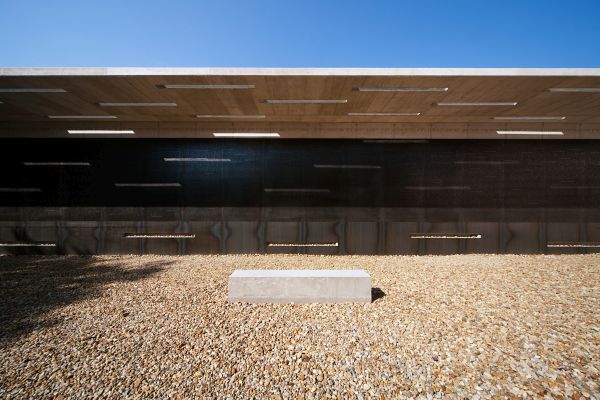Walls of Commemoration
Comparing the Memorial Wall of the Budapest Ghetto and the Holocaust Memorial Site of Debrecen
Text: Gerda Széplaky

The wall is one of the leitmotifs of memorial architecture which evidently hosts a variety of forms expressing commemoration verbally and visually. Wall monuments tend to be sculpture-like objects standing in the middle of a vacant square and their essence lies in their character: ultimately reduced into an architectural lacking the complicated structures of architectural spatial organisation, they inspire us to powerfully react regarding commemoration and aesthetics. Two monuments have been inaugurated in Hungary recently which can be rated as „bordering walls”: one in Budapest, the other in Debrecen. Both were erected to honour the Memorial Year (2014) of the Holocaust. Designed by Péter Sugár, the memorial wall of the Budapest Ghetto was built in Dohány Street Budapest whilst the Holocaust Memorial Site – designed by Marianna Nagy, Péter Kovács and Péter Sugár – is in Pásti Street Debrecen. The primary reference for the wall symbolism was the Wailing Wall of Jerusalem in both cases. It is also formative considering the pattern of the primary relations in the people commemorating: it is associated with mourning and wailing. Following the line of the former fence of the ghetto in Budapest, the memorial wall stands right in the street whilst the one in Debrecen was erected in the yard of the synagogue, and as a result, it is closed for and hidden from outsiders.
Memorial Wall of the Budapest Ghetto
Architect: Péter Sugár
Photos: Rudolf Klein
Holocaust Memorial Site, Debrecen
Architect: Marianna Nagy, Péter Kovács, Péter Sugár
Photos: Tamás Bujnovszky













